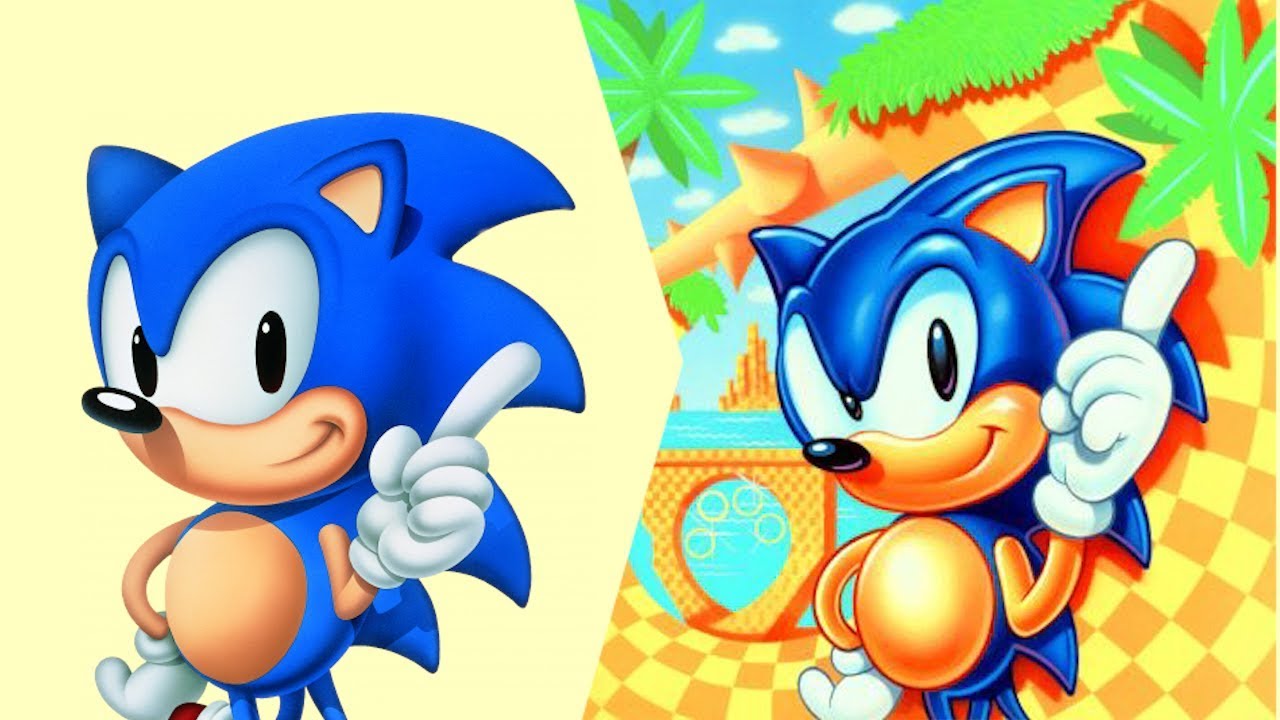sonic marches in parade: one hospitalized, several injured
Apr 29 2024
media, videogames, sonic
"Once upon a time, Sonic was The Man."
Before we get into the meat of our discussion today, I need to emphasize something: I have literally zero human memories from before I knew about Sonic the Hedgehog. There is photographic evidence that I was aware of the blue blur since before I could form full sentences. Though the intensity of my interest in him and his world has ebbed and flowed, he has been an eternal presence in my life thus far - imbued with the sort of godhood that a character can have when they are tied up with almost all of your childhood memories.
I say this to say that I am almost certainly in the top 90th percentile of Sonic fans on planet Earth, and even after the twenty years that I’ve spent absorbing encyclopedic amounts of knowledge about this little freak, there are still more sagas yet to discover. One such saga that I discovered recently is that of the 1993 Macy’s Thanksgiving Day Parade.
I want to set the scene for those who are not aware: in 1993, Sonic the Hedgehog was at the absolute height of his popularity. After having burst on the scene two years before, he more-or-less single-handedly smashed Nintendo’s monopoly on the home video gaming market. Sega is shoving Sonic down the throats of the public at every conceivable opportunity. He has not one, but two animated TV shows. He has not one, but two comic books. Sega is currently in talks to get Michael Jackson to write the soundtrack for the highly anticipated Sonic 3, and they’ve got a brand deal lined up with McDonald’s for 200 million Happy Meal toys for the same game. “Cultural behemoth” does not even begin to describe Sonic’s footprint at this time. His “Q score” (a marketing metric used for measuring consumer appeal) was reportedly higher than Mickey Mouse.
And, like any good Icarus story, it’s here where he (literally) came crashing down:
There is so much about this incident that captivates me. First, it is a window into a time when Sonic was on top. As the ABC announcer helpfully informs us, Sonic was a first-time balloon at this parade, and he was one met with universal enthusiasm by a crowd of “adoring video game fans”. This is a world where Sonic’s reputation is still pristine — one not yet marred with the memory of his many barely-functional mainline releases or the image of him kissing a human woman. The “adoring video game fans” do not know that a dark age is on the horizon. They do not know that Michael Jackson will be embroiled in sex abuse allegations that will cause him to go uncredited in Sonic 3 (and cause legal trouble that has prevented Sega from re-releasing the game with the original soundtrack to this day). They do not know that Sega is about to pioneer the now-ubiquitous game publishing strategy of selling a half-finished video game and selling the rest as DLC in order to get Sonic 3 to meet its McDonald’s brand deal deadline. They do not know that his relevance is about to plummet to all-time lows, and that the 2000s will bring a seemingly endless stream of trials and tribulations that would gradually warp the phrase “Sonic fan” to mean “Stockholm syndrome victim.”
I was born in 2001, as a result I have literally never lived through a time when Sonic has been this well-regarded by the public. The closest period I’ve ever seen to Sonic regaining a piece of that cultural relevance was the period immediately following Sonic Mania’s release. (That period lasted a grand total of 84 days before Sonic Forces brought everyone back to reality.) It is almost surreal to see a world that can see Sonic through a clear lens, uncorrupted by the bizarre legacy that he has left in his wake for the last three decades.
The second reason this incident captivates me is that it so easily acts as the grim portent for the eventual decline I just described. With thirty years of additional hindsight, it would almost be weirder if Sonic’s first appearance in the Thanksgiving Day Parade wasn’t a total disaster worthy of talking about in a blog post. Sega during this time was a complete clown show. Behind Sonic’s genius marketing and character design lied a company that was more-or-less at war with itself, with rival Japanese and American branches developing totally separate Sonic games, tie-in content, and even character designs.
 The thumbnail for Sonic YouTuber Cybershell’s “Japanese vs. American Sonic” video. On the left is the Japanese Sonic design drawn by Naoto Ohshima. On the right is the American Sonic design drawn by Greg Martin.
The thumbnail for Sonic YouTuber Cybershell’s “Japanese vs. American Sonic” video. On the left is the Japanese Sonic design drawn by Naoto Ohshima. On the right is the American Sonic design drawn by Greg Martin.
And, finally, the last reason why Sonic’s appearance in this parade has captured me so is because it represents his resilience just as much as it represents his fragility. Despite this great mishap, he would go on to appear in the parade several more times throughout the 90s, even in the midst of his first great drought of games. He returned to the parade in 2021, just in time for his 30th birthday and fresh off the heels of his Paramount feature film that turned out to be a success against all odds. The story of Sonic’s balloon is not dissimilar to the story of his franchise — his appeal is undeniable, his catastrophes are legendary, and just when you think he’s all washed up, he’s suddenly surging back stronger than ever and hanging out with Keanu Reeves.

